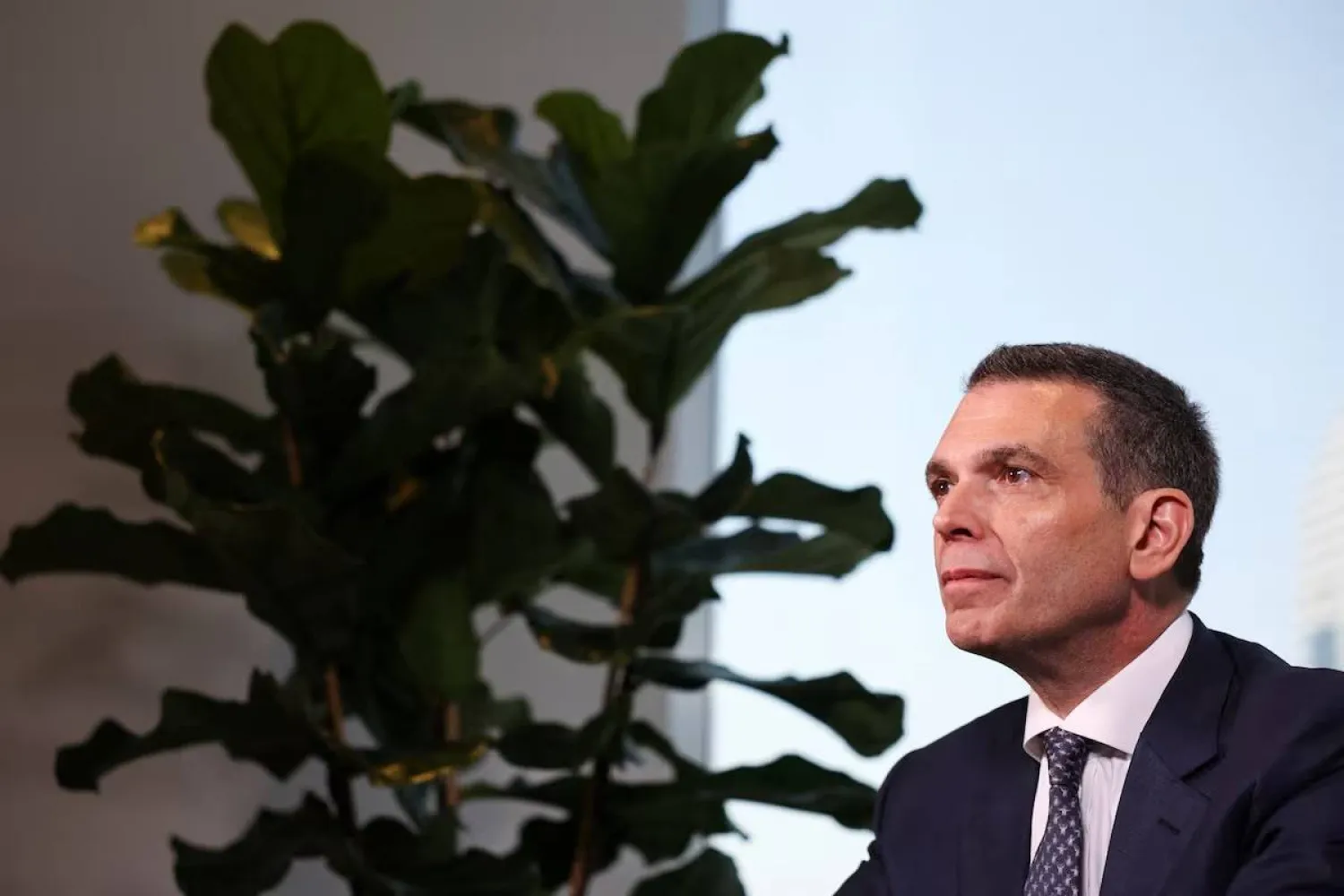Tunisia and the International Monetary Fund are in preliminary talks, with an eye on a potential multi-billion-dollar rescue deal for an economy plagued by recession, public debt, inflation and unemployment.
The North African nation on Monday started talks with the Washington-based crisis lender, which has called for "deep reforms" and public spending cuts.
But many Tunisians, already struggling to make ends meet, fear a deal that involves painful reforms could leave them much worse off.
Why is Tunisia seeking a new loan?
Tunisians have endured a decade of economic stagnation since the revolt in early 2011.
Two previous IMF loan deals, for $1.7 billion in 2013 and a further $2.8 billion in 2016, have done little to fix the country's public finances.
The coronavirus pandemic put the economy on life support, with a deep recession that sent 80,000 small and medium-sized firms into bankruptcy or out of the country since early 2020, according to official data.
Over the same period, unemployment has surged from 15.1 to 18.4 percent and inflation has eaten away at people's buying power.
Since the revolution, per capita GDP has dropped by a fifth and the dinar has fallen by 40 percent against other currencies.
But economist Ezzedine Saidane said Tunisia's biggest challenge is its burgeoning public debt.
"Public debt is at an unprecedented level, over 100 percent of gross domestic product," he told AFP.
A western diplomat in Tunis told AFP on condition of anonymity that Tunisia was borrowing to pay public sector salaries.
That has weighed on Tunisia's credibility as a borrower internationally, Saidane said.
Moody's ratings agency in October downgraded Tunisian debt to Caa1 from B3, warning the country could slide towards default.
"Tunisia will inevitably have to go through the IMF to rebuild some of its credibility in order to mobilize resources from overseas," Saidane added.
What is the IMF likely to demand?
The IMF has publicly voiced concern over Tunisia's budget deficits and in particular its public sector wage bill.
"It's an economy that needs very deep, structural reforms, especially to improve the business environment," the lender's outgoing Tunisia envoy Jerome Vacher told AFP last month.
The IMF, which has a record of demanding painful cuts to public spending, is likely to condition a loan on slashing the state's wage bill, which Vacher said is one of the highest in the world relative to the size of the economy.
More than half of public spending goes on paying the salaries of around 650,000 public servants in the country of 12 million.
On top of that, Tunisia's sprawling public companies employ at least 150,000 people at the taxpayer's expense -- money the IMF says could fund education, health and infrastructure.
The lender is also likely to demand an end to subsidies on energy, with some funds instead distributed directly to the poorest families as cash.
What are the main obstacles to a deal?
Cutting public spending will be tough for authorities to sell to the Tunisian public.
President Kais Saied, who last July sacked the government and seized wide-ranging powers, had widespread support -- and retains some -- for his efforts to "cleanse" the dysfunctional and corrupt system that followed the 2011 revolt.
But Romdhane Ben Amor of the Tunisian Forum for Economic and Social Rights warned that "no political actor can get away with removing subsidies".
He said many subsidized goods -- such as cooking oil -- were getting harder to find and that public services, particularly health and education, were already decrepit.
"You're telling me the solution is to cut even more?" he asked.
Tunisia's powerful UGTT trade union confederation, which has a long history of resistance to outside interference, is expected to push back hard against IMF efforts to impose austerity.
Monica Marks, a Tunisia expert at New York University in Abu Dhabi, said Saied would face a tough balancing act.
"On the one hand, he needs to placate the UGTT by staving off IMF-backed austerity policies like subsidy cuts and hiring or salary freezes," she said.
"On the other, if he refuses to play ball with the IMF, Tunisia might not secure a loan -- and could drop off an even steeper cliff than it's already fallen off of financially."
But, she warned: "Saied lacks any semblance of an economic plan".









